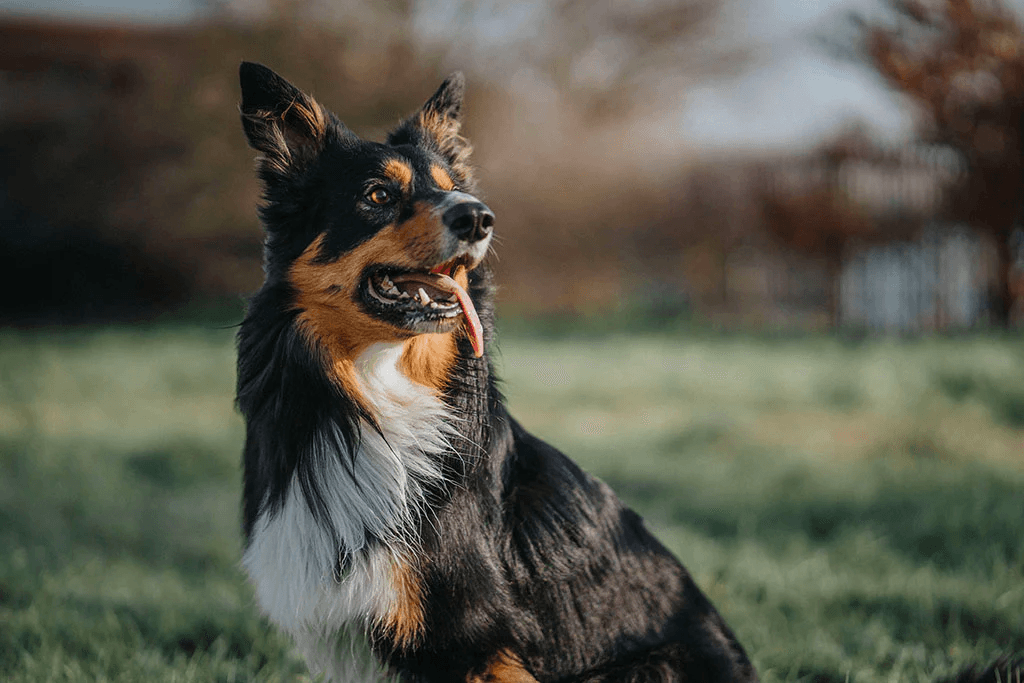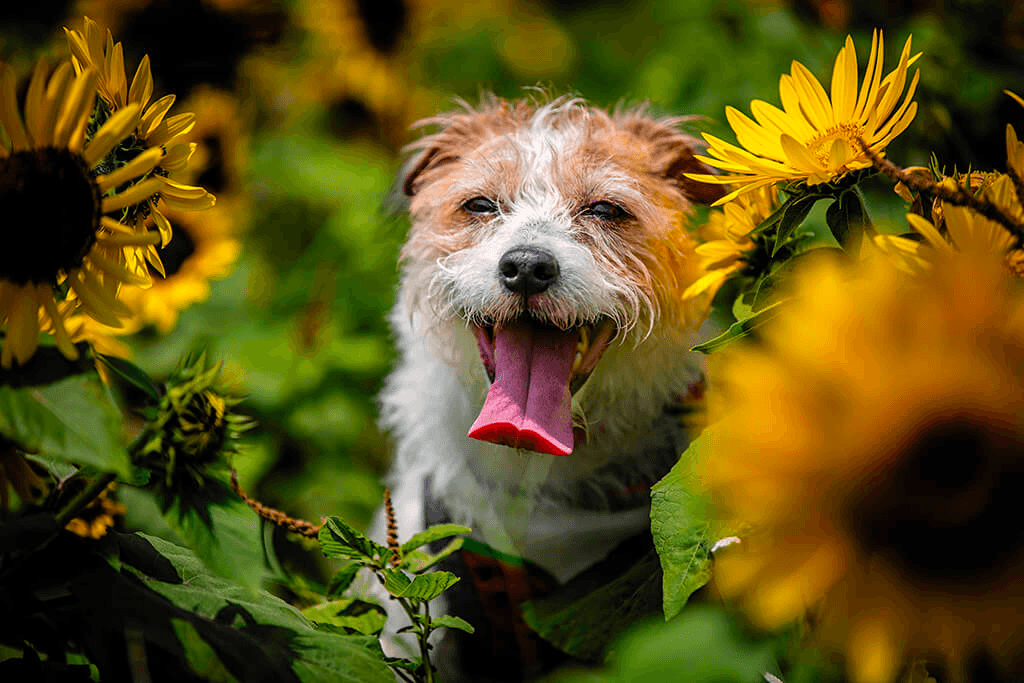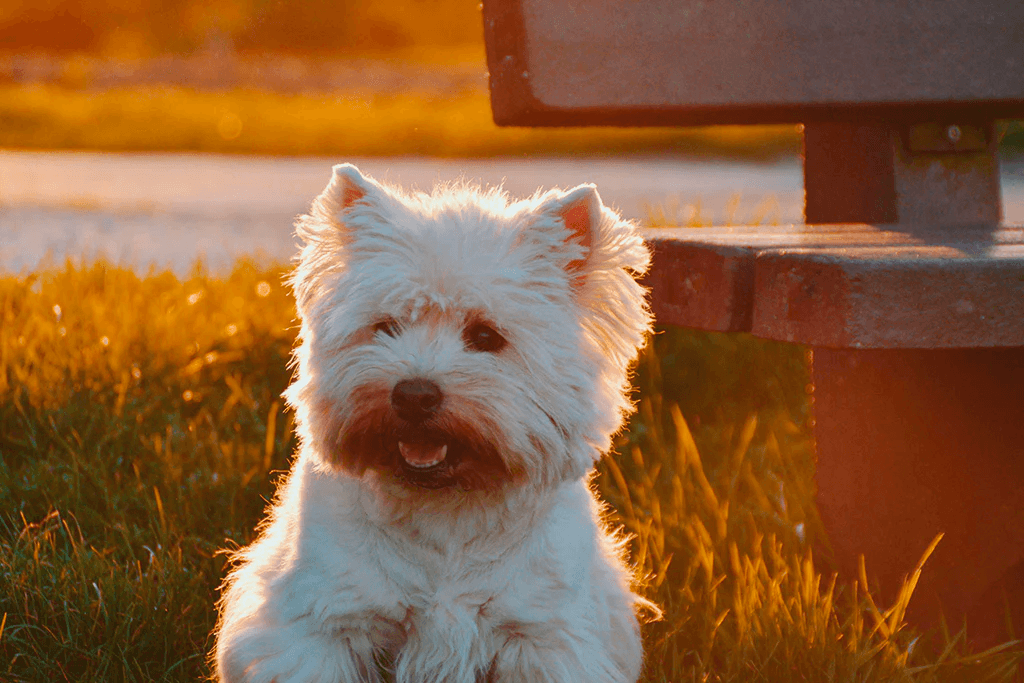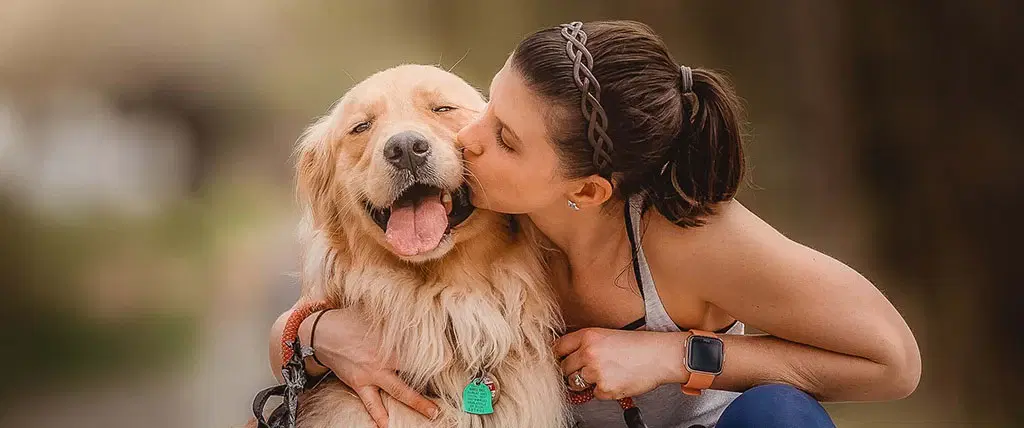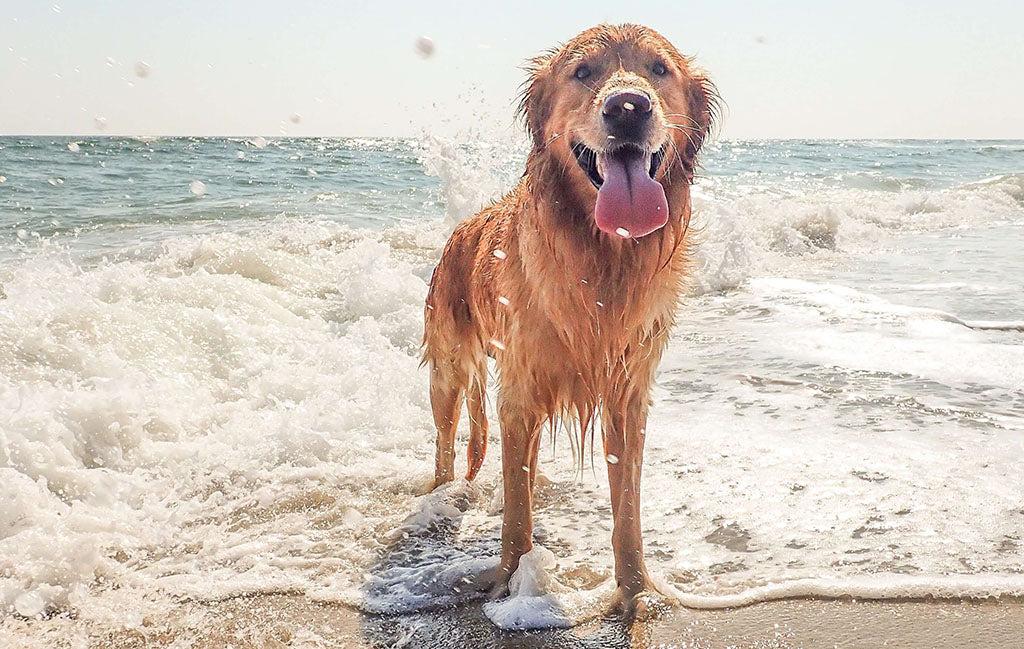Learn how to brush your dog’s teeth at home with this helpful guide from dog dental expert Sylvalyn Hammond, DVM and keep your pup’s pearly whites sparkling!
- Home/
- Dog/
- Health & Wellness/
- A Vet’s Guide to Dog Teeth Cleaning At Home
A Vet’s Guide to Dog Teeth Cleaning At Home

5 Helpful Tips To Make Cleaning Dog Teeth At Home Easier
How To Clean Dog Teeth At Home – A Vet Explains
- Make sure you have a dog-specific toothbrush and toothpaste to hand – never use human toothpaste as it can be harmful to dogs.
- Start slowly – gently lift your dog’s lip and letting them lick a little toothpaste, to get used to the flavor.
- Introduce brushing gradually, just a few seconds at a time, gradually increasing the time you spend cleaning your dog’s teeth, and the number of teeth you brush as your dog relaxes.
- Aim to be consistent, positive and encouraging – reward your dog after every teeth cleaning session.
- Try to clean your dog’s teeth every day to support their oral health.

In Detail: The Key To Successful Dog Teeth Cleaning At Home
As a veterinarian, one of the most common questions I hear from pet parents is: “How do I tackle dog teeth cleaning at home?” It’s a great question, and one that shows how much you care about your pup’s overall health and comfort.
Dental hygiene is just as important for dogs as it is for us. Without regular care, debris can build up on the teeth, which may lead to tartar developing and affect your dog’s oral comfort over time. The gold standard for keeping your dog’s teeth clean will always be daily brushing, but that’s not always practical. The good news is, even if your dog isn’t thrilled about having their teeth brushed, there are several additional supportive ways you can support keeping their teeth clean at home.
In this guide, I’ll share gentle, vet-reviewed tips on dog teeth cleaning, walk through what happens if dental care is skipped, and introduce some oral hygiene products you may wish to consider, such as PetLab Co.’s ProBright Advanced daily dental powder and PetLab Co. Dental Sticks.
How Should I Handle Dog Teeth Cleaning At Home?

Cleaning dog teeth can seem like a daunting task at first, but with a little patience and consistency, most dogs can learn to tolerate, and even enjoy, the process. Here’s the step-by-step approach to dog teeth cleaning that I often recommend:
1. Gather the right tools.
When cleaning dog teeth, use a toothbrush made specifically for dogs and a dog-specific toothpaste. Never use human toothpaste as it contains ingredients that can be harmful to dogs.
2. Start slowly.
Don’t expect to brush every tooth on day one. Begin by gently lifting your dog’s lip and letting them lick a little toothpaste off the brush so they get used to the flavor.
3. Introduce dog teeth cleaning gradually.
Once your dog is comfortable, lightly touch the brush to their teeth for just a few seconds. Gradually increase the time and number of teeth you clean as they relax.
4. Keep sessions short and positive.
Reward your dog with praise, petting, or a play session after brushing. The goal is to make it a positive experience they associate with love and attention.
5. Aim for consistency.
Daily dog teeth cleaning at home can make a real difference to their oral health. Even cleaning your dog’s teeth a few times a week can help – consistency matters more than perfection.
Why Is It Important To Clean My Dog’s Teeth Regularly?

Regular dog teeth cleaning helps with the build-up of debris that may lead to tartar formation. It also keeps your pup’s breath fresh, which is important for your their well-being and your quality time together.
Just like people, dogs rely on their teeth and gums for eating, playing, and carrying toys. A healthy mouth supports a happy, comfortable life.
What Happens If I Don’t Clean My Dog’s Teeth Consistently?
When we talk about the importance of dog teeth cleaning, it isn’t just about fresh breath or cosmetic appearance, it’s truly about their overall health. Because here’s what happens if we don’t care for our dog’s teeth:
- Immediate – short term: Debris build up. Every time your dog eats, bacteria in the mouth mix with food particles and saliva to form debris.
- Medium term: Discomfort. If debris isn’t brushed away, it may harden into tartar and cause discomfort.
- Longer term: Wider dental health concerns may develop. Tartar formation may affect other areas of your dog’s health and well-being over time.
- Impact beyond the mouth: The bacteria that build up in your dog’s mouth don’t always stay there. They may affect other areas of your dog’s health and well-being over time.
This is why veterinarians emphasize the importance of consistent dental care at home, combined with professional cleanings as recommended.
By brushing regularly and including products designed to help maintain oral hygiene in your dog’s routine, you’re helping to protect their teeth and well-being.
What Methods Can I Use To Help Keep My Dog’s Teeth Clean At Home?
Brushing is the gold standard for dog teeth cleaning at home, but it’s not the only tool in the toolbox. For dogs who resist brushing there are other options that may help maintain your pup’s oral hygiene, such as:
- Dental powders: These are easy to give to your pup using the provided scoop, and may help support a normal balance of oral bacteria and fresher breath.
- Dental sticks: Designed for daily chewing, these may help reduce build-up on teeth through their gentle mechanical action.
- Dental-friendly chews and toys: While not a replacement for brushing, certain textured toys can provide some additional cleaning through chewing.
PetLab Co.’s ProBright® Advanced– A Convenient Daily Dental Powder
One oral hygiene product many pet parents find convenient is PetLab Co.’s ProBright Advanced. This vet-reviewed daily dental powder is formulated by nutritionists to help support the normal balance of oral bacteria, promoting a clean and healthy mouth and fresher breath.
ProBright Advanced has been clinically studied. In a 28-day study, daily use significantly reduced one of the most common bad breath-causing compounds in dogs by 40%.
All you have to do is give your pup one scoop daily using the included scoop, making it a simple, fuss-free addition to your pet’s dental care routine.
Dog Teeth Cleaning FAQ
How often should I clean my dog’s teeth at home?
Daily brushing is ideal, but even brushing several times per week can be beneficial. Supplementing with products like dental powders and sticks may help maintain oral hygiene between brushings.
My dog hates having their teeth cleaned, what can I do?
Start small. Use a tasty, dog-safe toothpaste and keep sessions very short. Some dogs need weeks to adjust. In the meantime, adding options like ProBright Advanced or Dental Sticks may help with mouth cleanliness.
Do dental chews replace brushing?
Unfortunately no, brushing is still the gold standard for dog teeth cleaning. Chews and dental sticks can support mouth cleanliness, but they’re most effective when combined with brushing.
What’s the best way to keep my dog’s breath fresh?
Consistent brushing is key. Supplementing with products like ProBright Advanced, which may help maintain a healthy oral bacteria balance and keep breath fresher.
Do I still need to see my veterinarian if I brush my dog’s teeth at home?
Yes. At-home care helps maintain cleanliness between visits, but professional cleanings are still necessary for a thorough evaluation and deep cleaning when recommended by your vet.
Conclusion: Dog Teeth Cleaning – Advice From A Vet
Cleaning your dog’s teeth at home may feel overwhelming at first, but small, consistent steps make all the difference. Brushing your dog’s teeth remains the gold standard for maintaining oral hygiene, and adding oral hygiene products like PetLab Co.’s ProBright Advanced and PetLab Co. Dental Sticks can make daily care more manageable, especially if your pup isn’t a fan of brushing.
Remember, at-home care is about supporting your dog’s comfort and cleanliness between professional veterinary visits. If your dog resists toothbrushing, don’t get discouraged, oral hygiene products may help when added to their daily routine. And, as always, talk with your veterinarian to get personalized advice for your pup’s unique needs.
With patience, consistency, and the right tools, you can help keep your dog’s smile shining and their breath fresher so you can enjoy many more happy, healthy years together.
*Based on a clinical study conducted by PetLab Co.
 S
S